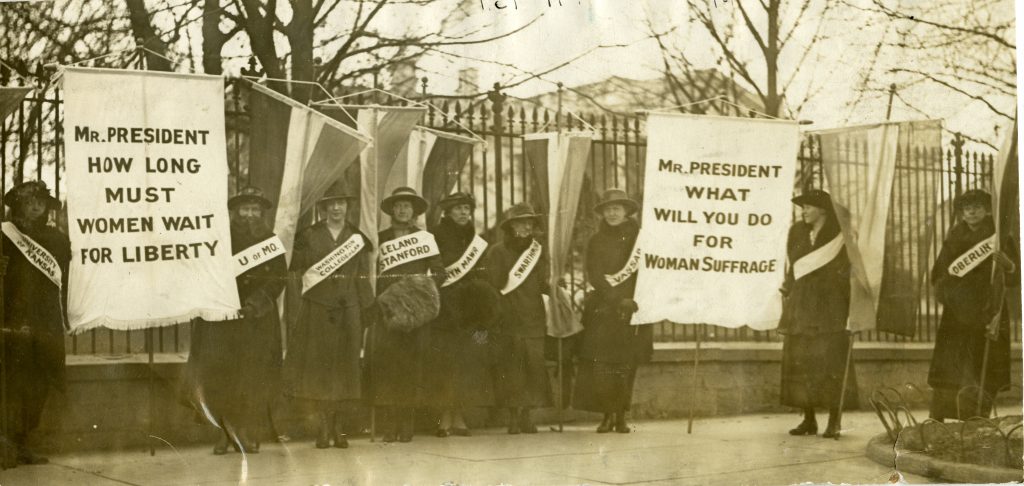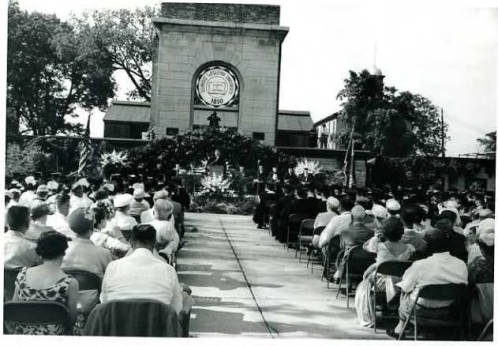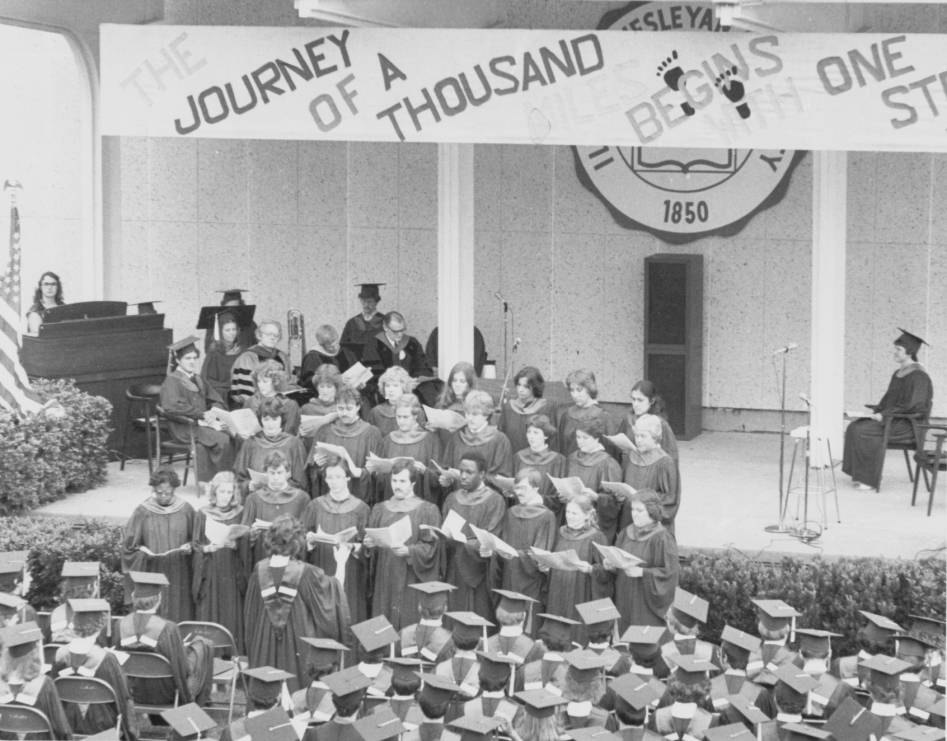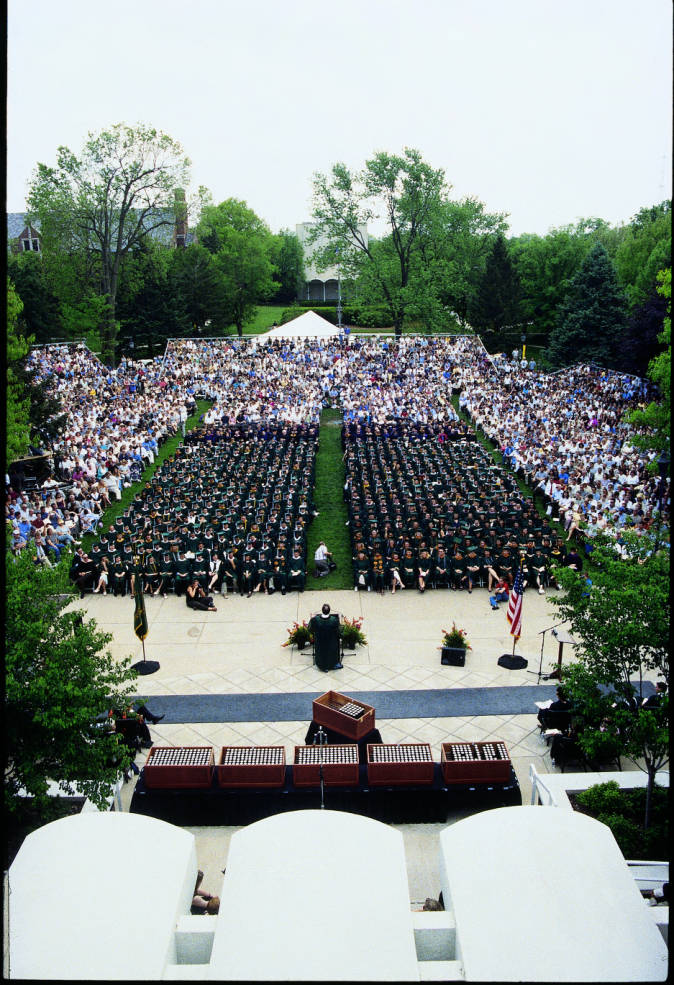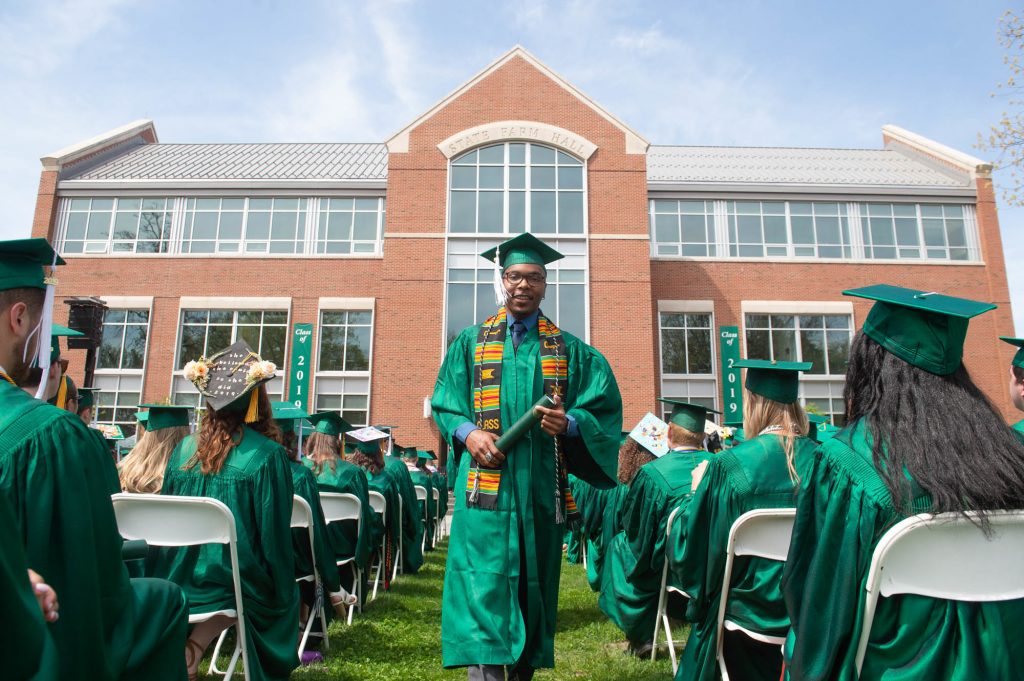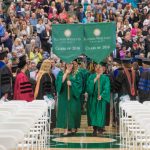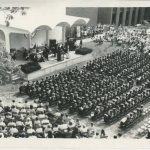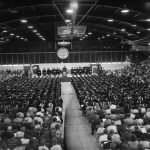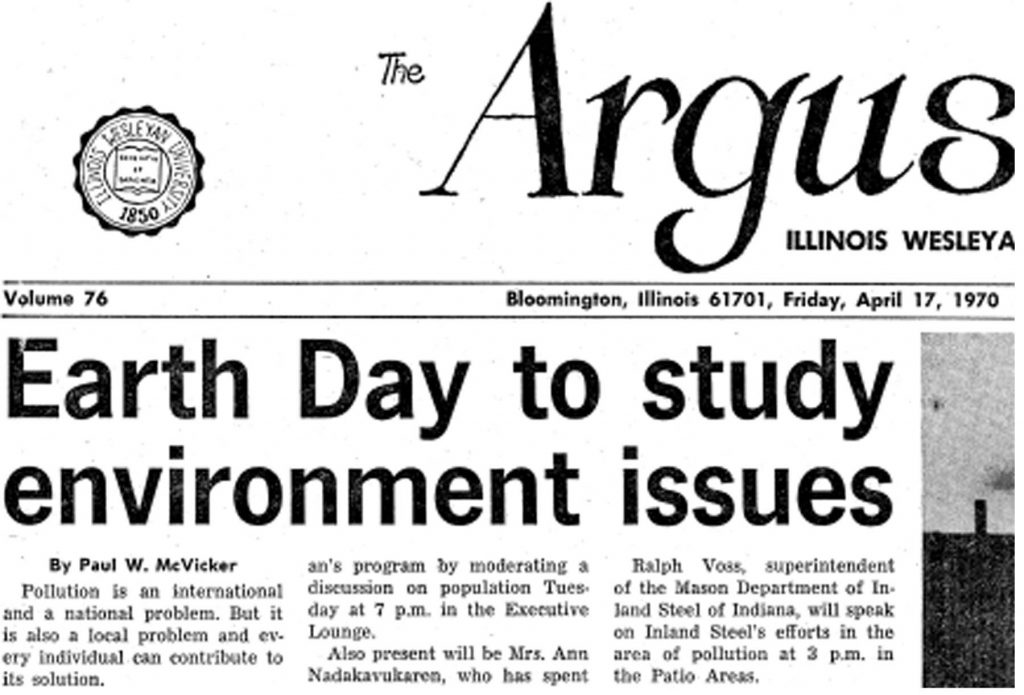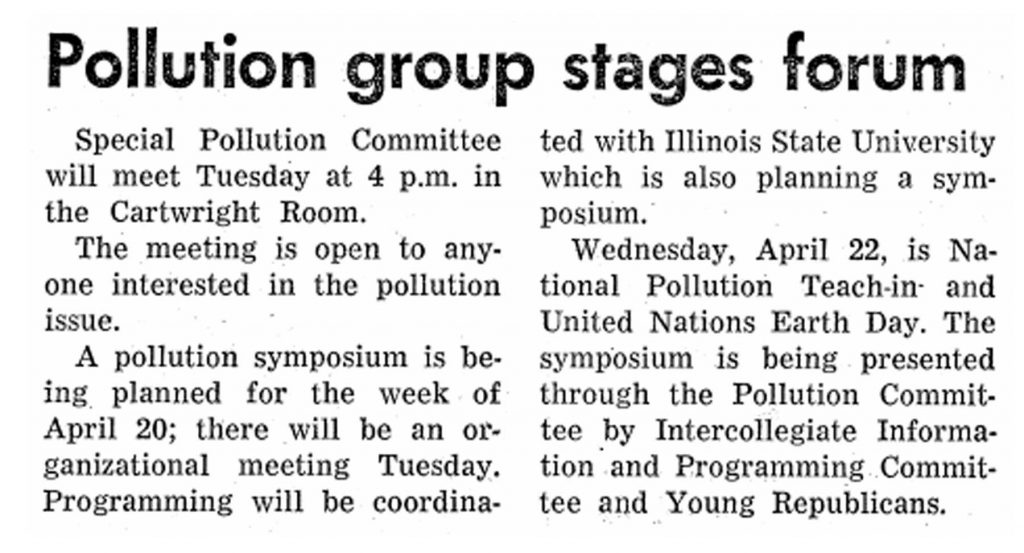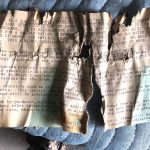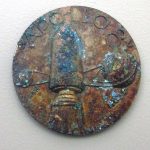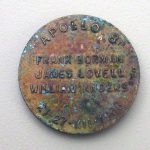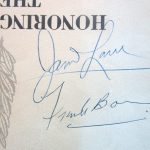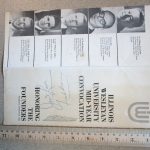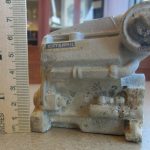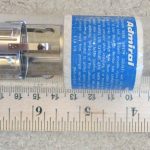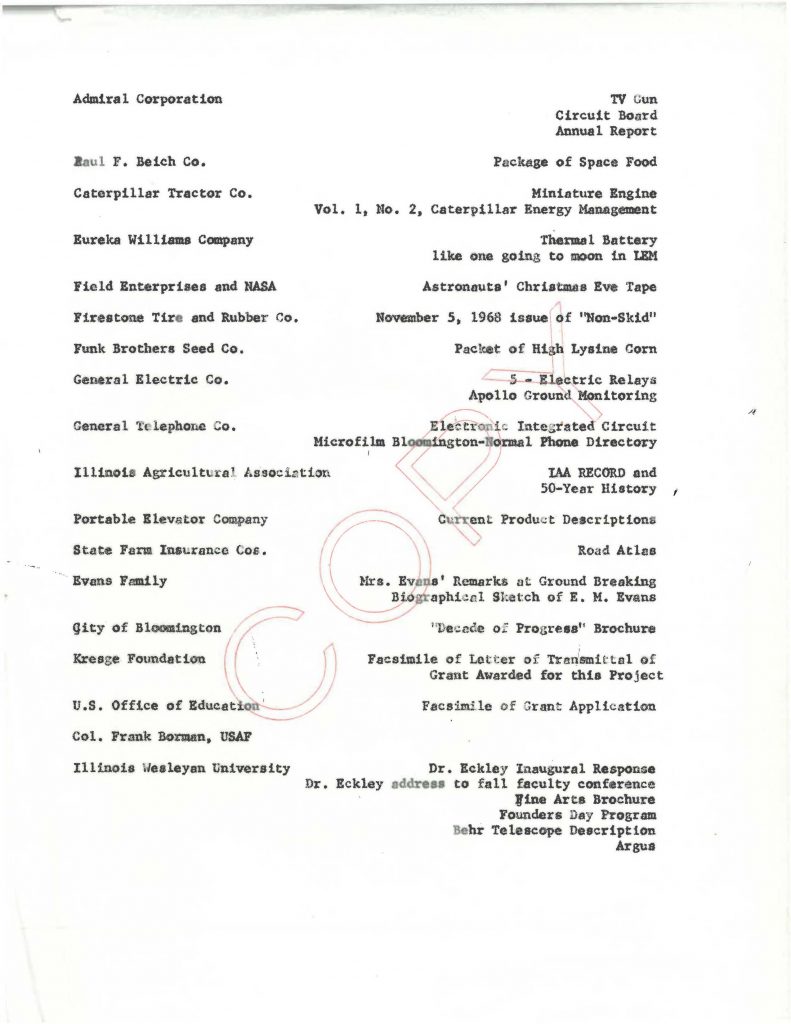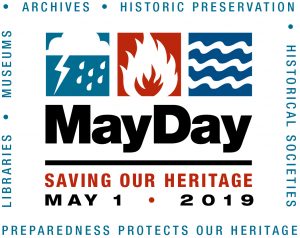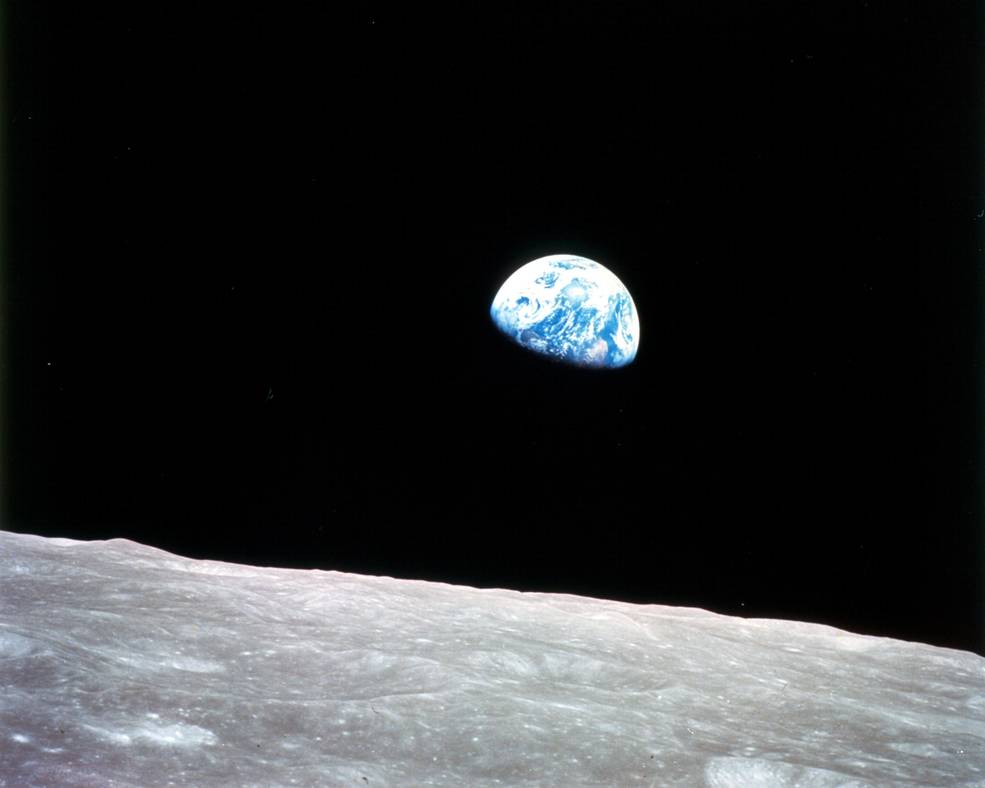
Category Archives: Cultural Studies
New story collection initiative: Racism, COVID-19 & the IWU curriculum
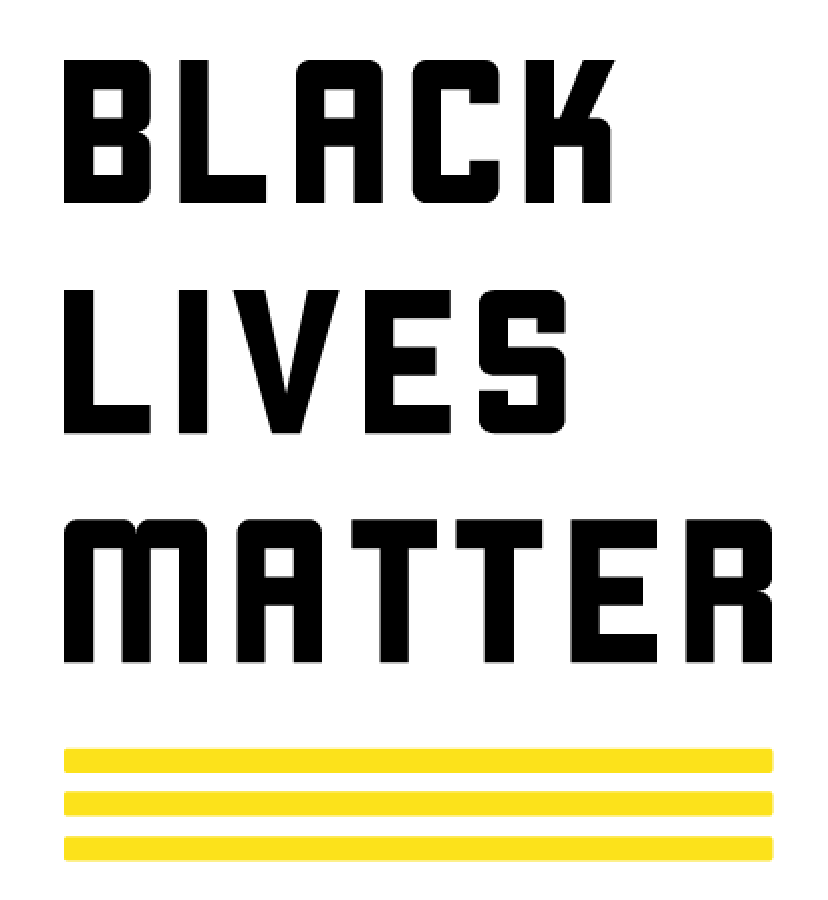 In March, I sent out an open call to the IWU community, inviting reflections on their lives in this pandemic era and in May I created a collection of the responses to that call. I set a deadline for those initial collections as the time when IWU’s campus started in-person classes again. That date was August 17th. This post announces the beginning of a second story-seeking initiative that expands on that call.
In March, I sent out an open call to the IWU community, inviting reflections on their lives in this pandemic era and in May I created a collection of the responses to that call. I set a deadline for those initial collections as the time when IWU’s campus started in-person classes again. That date was August 17th. This post announces the beginning of a second story-seeking initiative that expands on that call.
On May 25, 2020, George Floyd was killed by a Minneapolis police officer. At the time, this latest incidence of anti-Black racism brought a global response that continues. More anti-Black violence has taken place and just last night a police officer in Kenosha, WI shot Jacob Blake multiple times. He is in the hospital as of this writing on August 25, 2020.
Protests in response to Floyd’s killing have increased public attention on anti-Black violence and other forms of racism. Throughout the summer and into our early times of gathering as a campus this fall, the issues of racism and white supremacy are being called out and named in our community. The pandemic has also unevenly affected communities of color and people who had fewer personal resources to begin with.
Protests have also taken place virtually and physically at IWU regarding recent announcements of program closures and termination letters that are being sent to faculty. Issues of power and privilege are evident in the responses from alumni, administrators, faculty (current and retired), and in the local press.
IWU community members (alumni, students, staff, faculty and administrators) are invited to share their experiences of these events or other, similar periods in history they have been involved in.
CURRENT IWU students may complete this brief form and/or submit reflections by the methods below. (Note that the form allows you to request a copy of your responses.)
Everyone in our community is invited to share reflections on these events:
Have you observed or experienced racism or other forms of social injustice on our campus and/or in your home community? In what ways has the pandemic affected your life? How is distance learning affecting your perspectives on your classes? What are your views on IWU’s responses to the pandemic and/or incidents of racism? How are you reacting to the recently announced program/curricular changes? If you have you participated in any activities related to these events as a volunteer or activist, please describe them. Anything else you’d care to share?
Other ideas are welcome and physical items may be accepted at a later date, but here are a few ideas on how you can make contributions now:
- recollections–in text, audio or video (for video, please limit submissions to <5 minutes);
- photographic images of physical art you create; and/or
- copies of digital art or performances.
You may only submit material created entirely by you and not copied from or based, in whole or in part, upon any other photographic, literary, or other material, except to the extent that such material is in the public domain, or you have permission of the copyright owner, or its use is allowed by “Fair Use” as prescribed by the terms of United States copyright law.
Please include a signed/e-signed copy of this form with your submission to archives@iwu.edu. IWU’s archives is not obligated to include your content in this project or preserve it in perpetuity. Decisions to decline submissions will adhere to the guidelines of our collecting policy.
If you would like to refer or nominate material which you do not own, please contact Meg Miner at mminer@iwu.edu.
U.S. Suffrage history poster exhibit
As has so often been the case at Illinois Wesleyan University, student activism is a vital force in any force for change. This post announces the opening of a poster exhibit that explores the long road through U.S. history for women’s suffrage. There are ten posters in the exhibit and they are now on the walls around the library’s entry level.
Commencement history
Today’s Commencement marks a new milestone in IWU history. Due to the pandemic, Titans are gathering online across the globe to celebrate. This is definitely a first! This post traces the other ways in which IWU Commencement has changed over the years.
Although Commencement is sometimes held inside due to inclement weather, IWU has a tradition of holding the ceremony outdoors going back to the early 1900s. The second building IWU built served as backdrop and it was positioned on the northern end of what we now know as the Quad. It was first known as Main and Old Main (1870), the Hedding Hall (1936) and finally Duration Hall (1943).
Sometime between 1960-1970 the location changed to McPherson Beach, on the north side of the School of Theatre Arts.
In 1990, the location for Commencement changed from McPherson Beach to its present location.
The backdrop for Commencement from 1990-2011 was Sheean Library until it was razed in 2011 and replaced with State farm Hall, which was built on Sheean’s footprint. This location was named Kemp Plaza in 2013, the same year that State Farm Hall opened.
Here’s a selection of Commencement photos from days gone by. We have also made it possible for programs and some recordings from 70 Commencements of IWU’s 170 year history to be available online.
Below are some fun facts about IWU customs and graduation requirements. In looking at how they have changed over the years, just imagine what will happen in future Titan times!
Did you know that
- Commencement festivities used to last for a week? They involved performances, Baccalaureate sermons, Class Day celebrations (for Juniors AND Seniors), alumni reunions, and dinner at the President’s house.
- students used to be required to deliver a speech, without notes, as part of the ceremonies? The text had to be 1000 words long and a faculty member had to hear it in advance!
- classes sometimes issued their own elaborate invitations, created Class mottos and chose Class colors?
- alumni from the 1930s-1966 had to pass a swimming test?
- Sheean Library, 2004
- Inside Shirk Center, 2016
- McPherson Beach, 1970
- Fred Young Fieldhouse, 1969
Interactive view of IWU’s multicultural history
Check out this compilation of sources in a timeline of the currently known events in IWU’s multicultural history.*
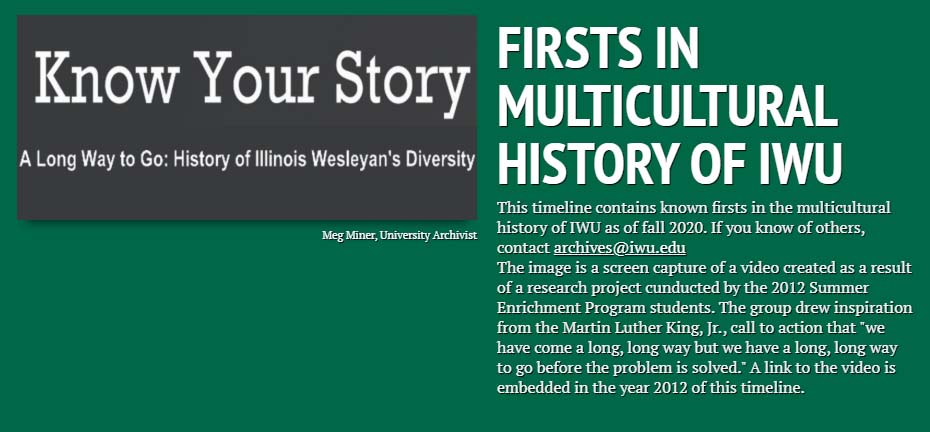 *Note: Records by and about student groups and events are sparse after the 2010s. If you have information to share, contact archives@iwu.edu!
*Note: Records by and about student groups and events are sparse after the 2010s. If you have information to share, contact archives@iwu.edu!
COVID 19 exhibit
Back in March, as life across the world and at IWU’s campus changed dramatically, I sent out an open call to the IWU community, inviting reflections on their lives in this pandemic era.

An exhibit with contributions from 15 students is now available. I also added content from IWU’s webpages and made a personal contribution to the exhibit as a way of breaking the ice.
Students were given an option to answer as many of a set of pre-determined questions (see below) as they wanted to. They were also given the option of remaining anonymous online with the understanding that their identity would be associated with their remarks in the archives’ offline files.
Additions to this collection are welcome, and anyone who wants to keep their reflections offline may still participate. Participants may use the questions below if they’d like some ideas on how to start, but truly any way that people are comfortable expressing themselves for sharing their experiences is fine. Visit the project description for details or contact me (mminer@iwu.edu) if you have questions.
[Questions on student submission form]
Name (indicate if anonymity online is desired)
Class year
Major(s)/Minors(s)
Where are you living during the Pandemic of 2020?
How did you feel when you were informed the remainder of the semester would be held online?
What has been your experience with moving classes online?
If applicable, tell us a little about your thoughts and reactions to moving off campus or out of town.
How are you staying connected to your friends and wider community, through IWU or elsewhere?
How has the virus or the precautions taken to prevent it spreading impacted your daily life?
What is giving you hope and/or strength right now?
Is there anything else you’d like to tell us about what you’re feeling or experiencing right now?
Share a photo of yourself, or any photos, videos, or audio recordings you’d like to add to this historical record!
Earth Day @ 50
On April 17, 1970 Argus writer Paul McVicker (’72) introduced readers to the IWU activities planned for the first-ever United Nations Earth Day by saying, “The purpose of the program is to educate students and the community…about what they can do to help solve environmental problems.” McVicker was also a member of the College Republicans and the Chairman of the Intercollegiate Information and Programming Commission and so must also have been at the planning meeting for the event on March 20th.
The meeting announcement in the Argus on that date shows this was a student-driven effort organized by a “Special Pollution Committee” but that group is only mentioned once in IWU’s digitized news sources and the extent of its members is not know. The April 24, 1970 Argus reported on all the campus activities that took place that first year.
Curiously, the only student to list Earth Day as an organization he wanted commemorated in his yearbook list of activities is Kevin Jones, whose entry in the 1971 Wesleyana shows he was a Sophomore.
 The 1971 Wesleyana carries a story by Kathy Larey Lewton (’70) that sets Earth Day into the larger context of student activism taking place in the 1969-70 academic year. The close ties between IWU and ISU are apparent in this article, and IWU also holds primary sources that we can consult to get a broader view on community activities involving the environment.
The 1971 Wesleyana carries a story by Kathy Larey Lewton (’70) that sets Earth Day into the larger context of student activism taking place in the 1969-70 academic year. The close ties between IWU and ISU are apparent in this article, and IWU also holds primary sources that we can consult to get a broader view on community activities involving the environment.

This April 23, 1971 issue is the first time The Argus reports on the community-based organization Operation Recycle.
Sophomore Vicki Wenger is the only student who lists Operation Recycle among her activities in the 1971 Wesleyana or any of the yearbooks that were published afterwards. But Anne McGowan (’76), community activist and spouse of Emeritus Professor of English Jim McGowan, provided an interview in 2013 about her experiences. The excerpt below contains just the part of her remarks that include her involvement with the community-based Operation Recycle and the origins of her interest in recycling.
IWU’s archival holdings also include contributions from Abigail Jahiel, Professor of Environmental and International Studies, who led a May Term 2003 course on Environmental History in which her students interviewed local citizens who influenced the ecological health of our community. Dr. Jahiel deposited these materials to complement IWU’s existing special collections that are related to Environmental Studies. An online collection is now available of the recordings that could be digitized and whose subjects gave permission for their interviews to be released:
- Operation Recycle/Ecology Action Center interviews: Michelle Bell, Michelle Covi, Myra Gordon, and Carol Reitan.
- John Wesley Powell Audubon Society interviews: Angelo Capparella and Laura Miller.
- The Land Connection interviews: Terra Brockman, Teresa Santiago and David Williams.
If you have additional information about these people or groups, comment on this post or send an email to archives@iwu.edu. And visit this page if you would like to know more about the records of local organizations that are held in Tate Archives & Special Collections.
Evans’ time capsule contents
Although many more are known to exist, only three time capsules have been opened in IWU’s 169-year history. One was discovered accidentally when the iconic arch that still led into Duration Hall, last remnant of Hedding Hall/Old Main, was torn down. All that remains of the contents of that box are pieces of bank notes it contained and the description of its other contents as reported in the 1966 Wesleyana (p. 23).
The second was a much more purposeful removal from Sheean Library.The contents of this box were in excellent condition and are reported on in previous blog posts. The third was also a planned removal, this time in honor of the 50th anniversary of its placement rather than being due to the building’s destruction. This post describes the discoveries made as a result of this recent unveiling.
As previously reported, when the Evans Observatory’s time capsule was opened in preparation for the official unveiling at Homecoming 2019, much of the content was too deteriorated to salvage. Moisture interacted with a battery and food inside the copper box and the damage to the other material was extensive!
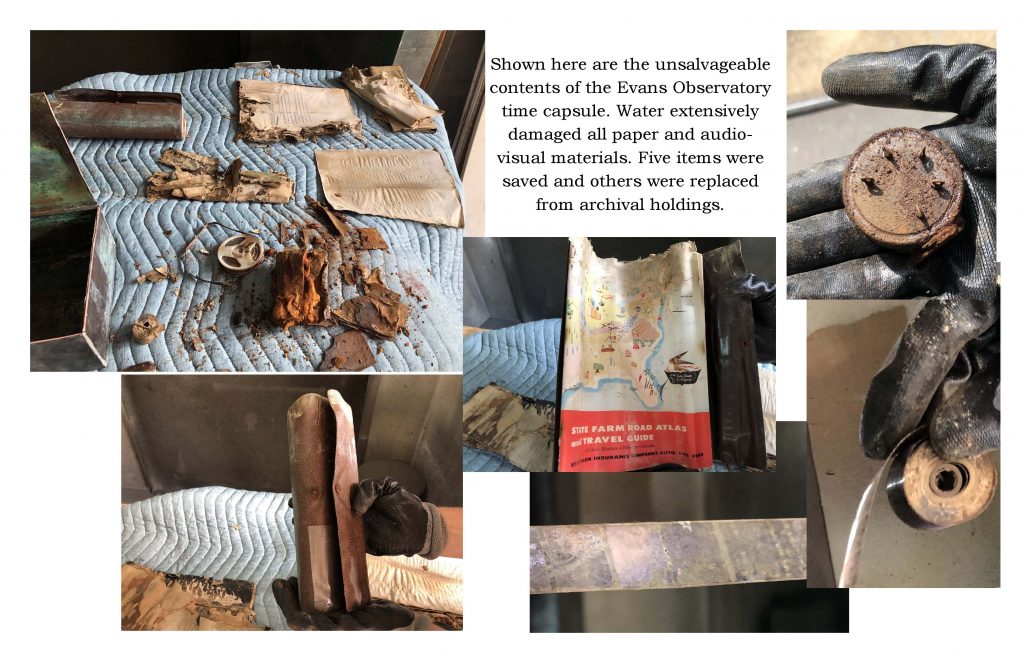
A poster of several of the damaged objects (clockwise from top right): the thermal battery, a microfilm reel with the Bloomington phone directory (rolled and unrolled), close-up of a rolled map (enclosed in a plastic sleeve and closed by a metal snap; unrolled map in center), a long shot of the capsule’s damaged contents. (click any image in this blog post to enlarge)
Everything that was paper-based was congealed into a solid mass but fortunately, most of these were all widely distributed publications from the University and local businesses. We were able to separate two unique paper items:
- Remarks by Mrs. Nan Evans
- The Beich Co. survival rations described in this blog’s Nov. 19, 2019 post.
Several unique objects survived their 50-year odyssey and one even went on the Apollo 8 mission, circling the moon ten times! Astronaut Frank Borman personally added the medallion picture below before placing the capsule in the Mark Evans Observatory.
- The Apollo 8 mission’s flight path is depicted in relief on the front of the medallion.
- The names of the three astronauts, mission name and date span are in raised letters.
- IWU alumnus David W. Wilson ’70 had Borman sign his 1969 program on that Founders’ Day. Lovell signed it during a campus visit in 1988. Wilson donated the program during the 2019 Homecoming opening ceremony.
- A complete view of the front and back of the 1969 Founders’ Day program.
Other items found in the capsule were donated by the Bloomington branches of several companies. Noteworthy among the survivors are a miniature engine, supplied by Caterpillar Tractor Co.; a vacuum tube and circuit board from the Admiral Corporation; a selection of electric relays from General Electric; and an integrated circuit, the kind which made putting a computer on the Apollo 8 flight possible, supplied by General Telephone.
- Replica of a Caterpillar engine. President Eckley was an executive at the company prior to his IWU tenure.
- Circuit board by the Admiral Corp.
- Five electric relays by the General Electric Co.
- Front of Magna-Brite “TV Gun” by the Admiral Corporation.
- Side of Magna-Brite “TV Gun” label showing its manufacturer was the Admiral Corporation.
- The copper time capsule, with visible corrosion and tape added to the sharp edges.
Other views of the objects contained in this post are available in our Historic IWU photo collection. The objects themselves will be on permanent display in the Mark Evans Observatory.
Help preserve our heritage!
The Society of American Archivists promotes May 1 as a day for all cultural heritage institutions to take time to consider how well their collections are protected.
At IWU’s University Archives, (located in Tate Archives & Special Collections, 4th floor, The Ames Library) we conduct collection assessments and use high quality material to protect the analog items in our care. We also subscribe to high quality digital preservation services and redundant storage media to protect historically important electronic files. Physical Plant’s Heating/Cooling crew conducts regular maintenance to make sure our environmental conditions are efficient and effective. Other maintenance personnel and cleaning crews from Physical Plant keep our building in good condition, too.
Protecting our collections is one of our fundamental responsibilities as archivists. But sometimes disasters are so devastating that all we can do is offer funding to support clean up and recovery. That was true in 2018, when Hurricanes María and Irma wreaked havoc on repositories in Puerto Rico and the US Virgin Islands.

The SAA Foundation’s National Disaster Recovery Fund for Archives was there to help, providing more than $37,000 in grants to support our colleagues. Here at the Ames Library, we also take a building-wide approach to disaster preparedness by conducting fire drills, having regular site visits with the crews of Bloomington’s Fire Department both to familiarize them with our floor plans and collection concerns and to give us their insights into our safety practices.
The whole reason we can have repositories for cultural heritage like archives and museums is because people have saved items significant to their lives and our collective history. Here’s what you can do to help:
1. Take a look around your home or wherever you store the mementos of your life and the lives of people who are important to you. Is a lot of it in long-term storage? Is the storage room subject to temperature and humidity fluctuation?
TIP: You don’t need to have cold storage to make paper and print photographic collections last. Constant levels of each are the most important thing. 70 degrees F is the upper recommended limit, but keeping storage spaces well-ventilated and preventing frequent fluctuation can help your stuff go a long way into the future.
2. Are your mementos sitting on the ground? Try putting a pallet underneath boxes or raising them 4-6 inches off the floor with something else.
3. Avoid stacking boxes directly on each other if at all possible. Open shelving is optimal: leaving space on all sides of stored material promotes air circulation and limits the chance that mold will develop.
4. Do you have digital files? Do you back up your hard drive or use a commercial company for online storage? If you’ve got a back up hard drive, is it located near your primary digital storage place? Explore ways to back up your important files and keep them in a separate location to lessen the chance for loss if there’s a fire or natural disaster in your area.
5. Are your digital images labeled? File names like DSC7723, DSC7724, and so on can accumulate faster than you think. After awhile, how will you know what you are saving?
TIP: At a minimum, make folders with event names and dates to store photos in or create an index that associates this information with the program-generated file names.
6. Are your physical collections falling apart? Books, photo albums, scrapbooks and textiles need attention if they are to last. Taking photos out of old albums whose adhesives are failing and making sure they’re labeled is a good start. Some books may be rebound, but many will survive well into the future in a box or wrapper designed for them. Photocopying or scanning newspaper clippings can preserve their information without the worry of deterioration due to typically acidic scrapbook pages and/or newspaper itself.
TIP: Don’t seal anything in a plastic bag! Condensation forms quickly in plastic and damp, airless environments promote mold growth.
If you have concerns about any of your personal collections, I’m happy to talk with you about them. Use the Library of Congress’s Personal Archiving tips and the American Library Association’s Preservation Week as opportunities to take stock of what you’re keeping, why it’s important to you and how you can act in ways that will keep your heritage safe for years to come!
Note: more ideas are available in one of my previous blog posts.
Apollo 8 and IWU

A sizeable crowd watches as Frank Borman gets ready to place the time capsule in the Mark Evans Observatory. [click to enlarge]
The University made an audio recording of the cornerstone laying at Mark Evans Observatory and the University Archivist added the sound track over three brief (and silent) home movies that were donated in 2016. One of the films shows Borman placing a time capsule in the observatory’s wall. The photo on the left shows just part of the crowd that this event drew; several other photos are available online.

